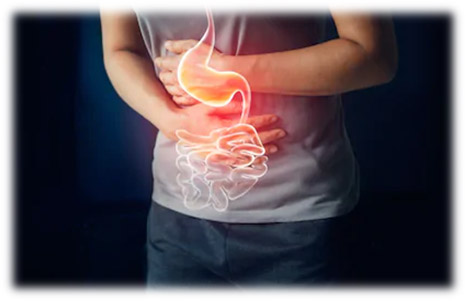
In our Internal (General) Medicine Department, we offer full and segmental body composition analysis, using the latest TANITA multi frequency segmental body composition analyser. In this way we implement the right diet plan and monitor the process of weight loss closely.
We are pioneers in the assessment of peripheral vascular disease. In our Cardiology Department
we offer:
Arterial stiffness assessment (vascular age). This is something only few medical facilities inGreece offer.
Ankle-brachial index (ABI) measurement. This is the “gold standard” for the assessment ofperipheral vascular disease.
Carotid arteries atherosclerosis assessment using a special ultrasound probe. This a non-invasive ultrasound scan that can be done at the bed-side.
The only polysomnogram (“sleep study”) device in Ioannina is available in our practice. This isa highly sophisticated combination of sensors including pulse oximetry (measuring the amountof oxygen in the blood), ECG and blood pressure monitoring and is used to diagnose sleepdisorders such as sleep apnoea.


Transnasal endoscopy is a novel endoscopic approach to assess the upper part of the gastrointestinal system (gullet, stomach and the first part of the small bowel which is called “duodenum”). Instead of inserting the camera through the mouth, a very thin camera is inserted through the nostril, after using a local decongestant and anaesthetic to numb it. The procedure can be done with sedation, depending on patient preference. The main advantage of transnasal endoscopy is the fact that the endoscope does not touch the tongue or the soft palate (upper part of the mouth) and therefore there is much less gagging sensation caused to the patient, who is able to talk during the procedure or watch the screen if they wish so.
The current generation of transnasal endoscopes offer excellent image quality and we are proud to have the first Full HD transnasal endoscope in Greece and one of few available in Europe (Fujifilm Eluxeo EG-740N).

This is a novel technology using light of various colours (different wavelength) to enhance different types of abnormalities in the internal lining of the digestive track. It is particularly helpful in identifying and characterising pre-cancerous lesions like polyps and Barrett’s oesophagus.

Barrett’s oesophagus is a term used to describe a change in the lining of the oesophagus (gullet) that becomes similar to the lining of the bowel. This is a pre-cancerous condition that merits surveillance with endoscopies. We use full high definition endoscopes and chromoendoscopy for a thorough and safe surveillance, meeting the highest international standards.

This is a novel technique, where sterile water is used to open-up the bowel lumen, which is necessary for inspection, instead of gas. This offers a more comfortable experience and can be particularly useful in certain, difficult cases.

Using carbon dioxide (CO2) in endoscopy is very helpful to avoid bloating during and after the procedure. CO2 gets absorbed very quickly, approximately 160 times faster than ambient air, and therefore stays in the gut for a very short period after the procedure, making the endoscopy (colonoscopy or gastroscopy) much more comfortable.

APC is a technique used to destroy superficial lesions throughout the digestive track. It can be used to treat superficial abnormal, “spider- like” blood vessels, called angiodysplasias, as well as rectal warts.